Wittish Steam: What is it? Schemes and Methods of Squeezing a Twisted Pair
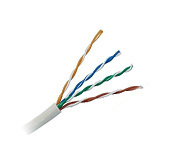
Since our site is about Wi-Fi routers and other networking equipment, I just had to prepare an article about twisted pair cable, the cable that connects networking equipment to each other. The cable that connects computers and other devices to routers and modems. And also, the cable called twisted pair, most likely you have an Internet connection from your ISP’s equipment to your router, or directly to your computer. Also, almost all manufacturers of routers, put in the kit with their devices network cable of short length. It is needed to connect different devices (PC, laptop, TV, game console, etc.) to the router.
In today’s world, the development of data transmission technologies is really fast. We can say “at the speed of light”, because no one can be surprised by the transmission of information flows with the help of optical fiber. But with all the positive functional characteristics of such communication cables they have several serious disadvantages. The key ones are costliness and fragility.
At the moment it is necessary to try very hard to find a person who has absolutely no idea what the Internet is or has never used it. A huge number of people have a personal computer at home with access to the “World Wide Web”. But to “bring” the Internet to the home PC must use a convenient, reliable, and most importantly strong cable. Here to the rescue for many years comes the cable, which received an obscure, at first glance, the name – twisted pair.
What is twisted pair?
Twisted pair is a special kind of network cable. Its basis consists of one or more pairs of insulated, as well as twisted conductors (their number depends on the category of cable). The number of turns per certain unit of length is minimal, but sufficient to significantly reduce mutual homing during signal transmission. On top of the twisted pair, as a rule, is covered with a protective plastic sheath.
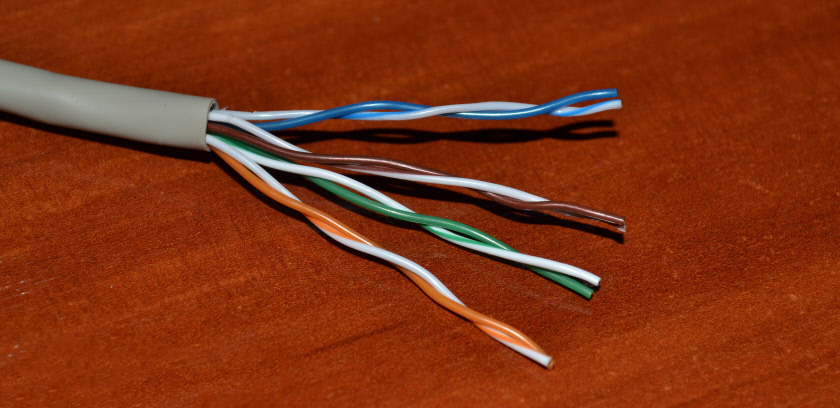
Recently, this type of communication cable has become the most common in the creation of local and structured cable networks. This happened due to its low cost and ease of laying.
The main disadvantage of twisted pair is a significant attenuation of the signal (to the level of unrecognizability) at distances greater than 100 meters. But this disadvantage is easily eliminated with the help of repeaters.
Types
Depending on whether there is protection or not, as well as its quality, there are several types of cables created by this technology:
- unshielded twisted pair (UTP) – no additional protective devices are used;
- shielded twisted pair (STP) – copper mesh is used;
- foiled twisted pair (FTP) – aluminum foil is used;
- shielded foil twisted pair (SFTP) – uses copper mesh and aluminum foil.
Some types of shielded cable may use shielding around each pair. This type of shielding provides much better protection against various kinds of induced interference, both internal and external.
Categories of twisted pair cable
In total, there are currently about 15 categories of twisted pair cable. They are numbered from CAT 1 to CAT 8.2. In most cases, the category has a direct correlation with the number of pairs used to transmit information, as well as the number of turns that are used per unit length. Cable categories are clearly described in the American Standard for Wiring in Commercial Buildings.
Let’s briefly describe each of the categories:
- CAT 1 is the commonly known telephone cable. It uses only one pair. It is used exclusively for voice and modem connections.
- CAT 2 – an obsolete type of cable, consisting of 2 pairs of conductors. It supported data transmission at speeds of less than 4 Mbps. It was often used in token ring networks. Now it is rarely used in some telephone networks.
- CAT 3 is an improved version of the previous 2-pair cable. Created to provide data transmission at speeds up to 10 Mbit/sec. Now very often continues to be found in telephone networks.
- CAT 4 – another type of cable not used today. It consists of 4 pairs, has a transmission speed of up to 16 Mbit / sec.
- CAT 5 – it is the cables of this category most often and called “twisted pair” in its classical sense. It consists of 4 pairs. Transmission speed varies from 100 Mbit/sec (2 pairs are used) to 1000 Mbit/sec (4 pairs are used).
- CAT 5e – an improved version of the usual 5 category. It also consists of 4 pairs. The cable has the same speed characteristics as the twisted pair of the previous category. Now this category is the most common.
- CAT 6 – for transmission is used 4 pairs, which allow you to increase the speed of transmission up to 10000 Mbit / s.
- CAT 6a – 4 pairs are used for transmission, which allow to increase the transmission speed up to 10 Gbit/sec.
- CAT 7 – 4 pairs are used for transmission, which allow to increase the transmission speed up to 10 Gbit/sec. Cable in this category must be shielded.
- CAT 8 – is currently under development. Supposedly will allow transmission of information flow at speeds up to 40 Gbps. Must have a common shield or shield for each pair.
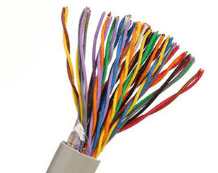 The number of pairs in one cable can be up to 100 pieces!
The number of pairs in one cable can be up to 100 pieces!
There are also published photos of coils on which the wire is wound, you can find out the price and characteristics of the goods.
Ways and schemes of crimping twisted pair
Obviously, to connect the cable to various computer equipment or switches and routers, twisted pair should end with convenient and standardized connectors. This type of communication cable uses an RJ-45 connector (the correct name is 8P8C, but we will use the familiar one).
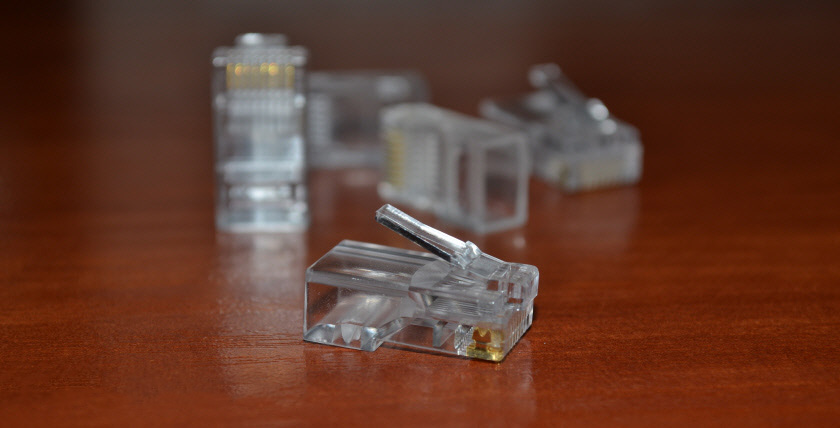
In order for the network built on twisted pair to work properly, it is necessary to connect the contacts in the RJ-45 connectors in the appropriate order. It is necessary to do this from both one and the other end of the cable. For the convenience of crimping, all wires are marked with standardized colors. Naturally, if you have sufficient knowledge, you can crimp the cable at your own discretion, but in order to avoid confusion when combining networks, it is better to use standard crimping schemes. There are only two of them: the direct order of crimping and cross order of crimping (crossed).
- The first crimping scheme (direct) is used when connecting different types of equipment, such as a laptop network card and a switch.
- The second scheme of crimping (cross, or cross) is used when connecting the same type of equipment, for example, two laptops (sometimes to connect the computer with some older types of switches and hubs).
For crimping the cable use a special device – crimper (pliers). I wrote about this in the article: how to crimp a twisted pair in RJ-45? Network cable with your own hands.
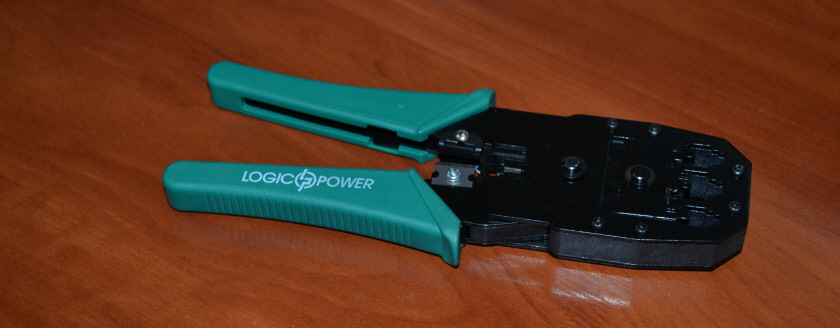
And now directly about the order of crimping. Consider the schemes of crimping twisted pair category 5, as the most common at the moment.
Scheme of crimping a straight cable
Such a cable is the most common. It is suitable for connecting computers, laptops, TVs, etc., to routers and other network devices.
- The first variant (type T586A): one side has the following order of contacts (from 1 to 8) – white-green, green, white-orange, blue, white-blue, orange, white-brown, brown. The other side has the same order of contacts. It is best to use this variant.
- Second variant (Type T568B). One side has the following contact order (1 through 8) – white-orange, orange, white-green, blue, white-blue, green, white-brown, brown. The other side has the same order of contacts.
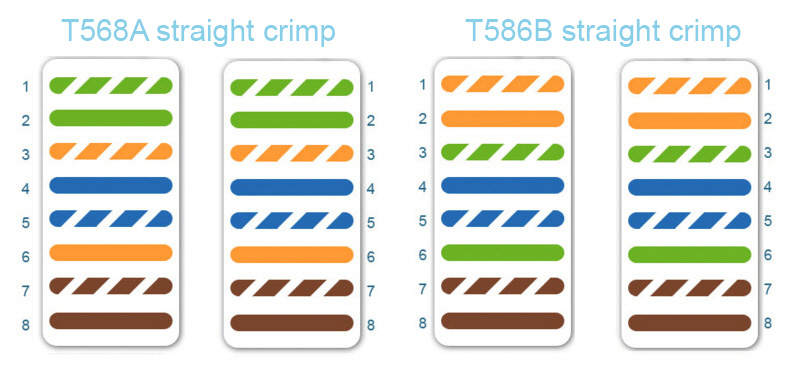
Cross cable: crimping scheme
- One side has the following order of contacts (from 1 to 8) – white-green, green, white-orange, blue, white-blue, orange, white-brown, brown.
- The other side has the following pin order (1 through 8) – white-orange, orange, white-green, blue, white-blue, green, white-brown, brown.
To make a gigabit cross cable (with support for speeds up to 1 Gbps), you need to use a slightly different scheme:
- One end of the cable: white-orange, orange, white-green, blue, white-blue, green, white-brown, brown.
- The other end of the cable: white-green, green, white-orange, white-brown, brown, orange, blue, white-blue.
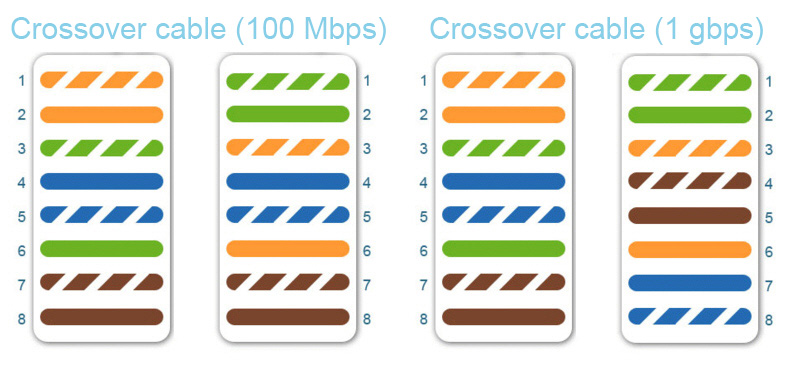
The development of data transmission technology does not stand still. Theoretically it is possible that soon twisted pair will become an obsolete type of cable, but at the moment – it is the most used, reliable and cheapest type of network cable.

 Where is the Wi-Fi password, IP address, MAC address, username and password written on the router
Where is the Wi-Fi password, IP address, MAC address, username and password written on the router  Wi-Fi 6 (802.11AX) -What is it? All You Need to Know About the New Wi-Fi Standard
Wi-Fi 6 (802.11AX) -What is it? All You Need to Know About the New Wi-Fi Standard 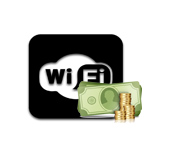 Do I Need to Pay for the Internet if I have a wi-fi router?
Do I Need to Pay for the Internet if I have a wi-fi router?  Personal Account of the Router. What is it and how to go?
Personal Account of the Router. What is it and how to go?